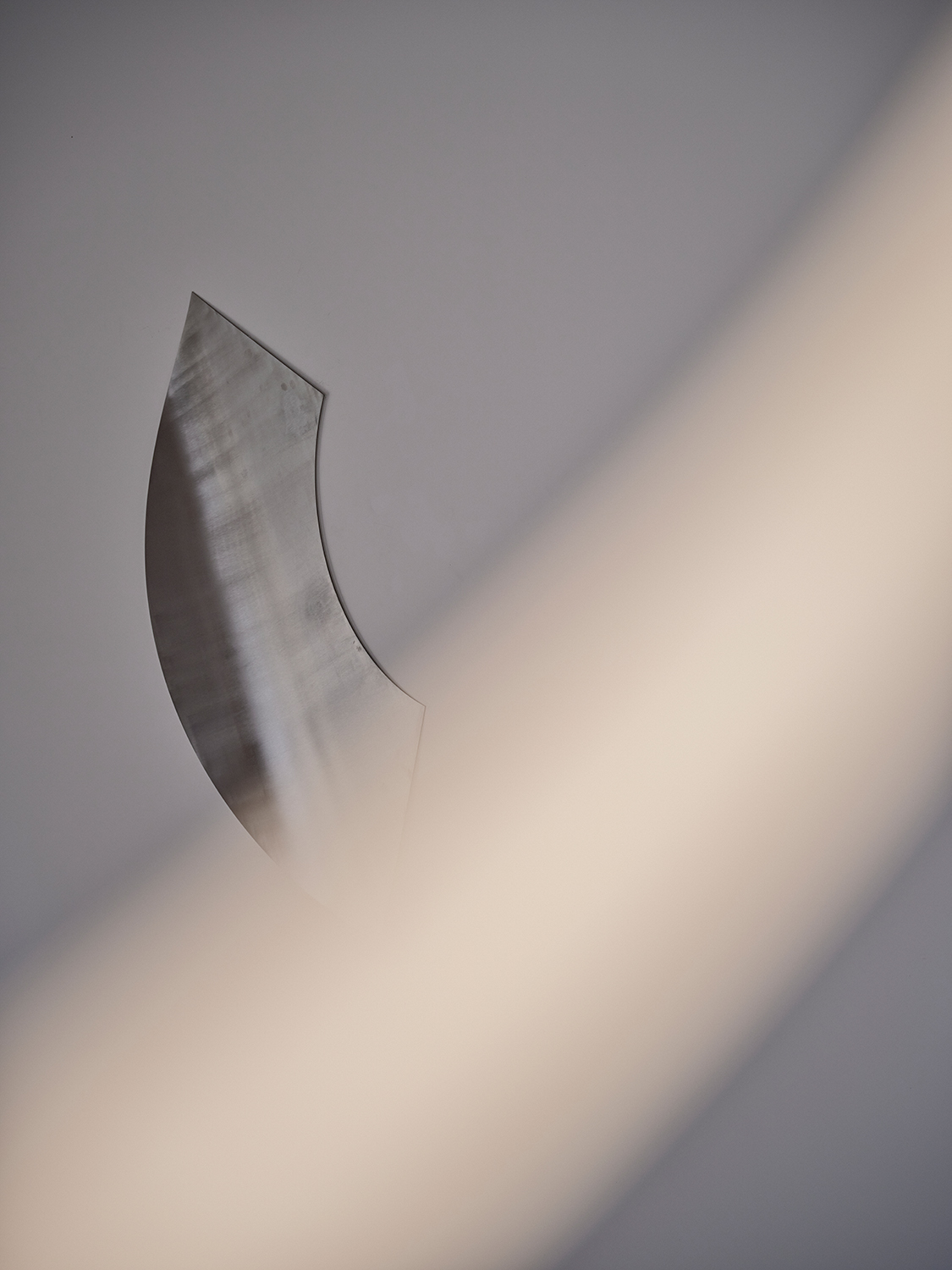Drive thirty minutes northeast from Beijing and the frenetic energy of the world’s most populous capital will dissipate into thin, fresh air. Continue driving along the highway, passing plot after plot of agricultural land, and at the edge of a small village you’ll come across a black metal gate. There will be fields of cucumbers on either side and the sound of a river nearby. If you roll down the window, you may even be able to smell the apricot trees. This being the case, you’ve probably arrived at Space of Time.
My directions are vague not to send you on a wild goose chase; the gallery’s exact address has been kept secret since its gates opened in March this year. Visits are arranged by appointment, in which one or two small groups are given the whole place to themselves – no cordons, no bouncers – often for many hours. Exhibitions are hung over the six-hundred square metres of a traditional “siheyuan” house (composed of square courtyards that can be multiplied with the needs of the residents) and have so far included paintings, light sculptures and installations, objects, and furniture.


Restoration of the house began within a matter of months, designed by Dori and carried out under the supervision of Pan, who visited the site daily. Dori’s approach was to repair the structure and preserve the features of the original building, only bringing in fresh materials where absolutely necessary, and always with the greatest sensitivity. For example, a crumbling interior column was detailed such that its cross-section traces the shape of the lotus flower, an ancient motif often found in Chinese architecture.



The first artist on Space of Time’s roster, Filipa Tojal, had collected fallen apricots from the surrounding fields, inspiring a series of paintings that take their colour from the bruised fruit. Filipa was later offered cucumbers by a farmer in return for a portrait. There is a sense here that, away from the throngs of people and buzz of the market, a different model of art-making, -viewing, and -selling is possible.




